Group members: Kee Yong, Bala, Felicia Chua, Tiffany & Syadza
27 Aug: Discussion on how we could conduct the presentation
- Felicia kickstarted the discussion by suggesting that we could do a talk show with a participatory game element
- Bala suggested that talk show might be a bit formal for a fun font like Comic Sans
- Hence Keeyong suggested that we can have a font talk show and act as different fonts; Comic Sans would be a guest speaker, act very ‘random’ and disrupts the interview.
- Felicia suggested that the host could be Times New Roman, whilst Bala also suggested that Comic Sans could be a disruptive audience member
- Bala suggested another idea on the basis of how Comic Sans has a bad reputation, and how the presentation could be a protest by designers/other fonts against Comic Sans. It could be about Comic Sans should indeed be used less.
- This led to the court case suggested by Keeyong! (Photos below)
- The court case would present the controversy that surrounds Comic Sans in the form of
- After this, we assigned roles for research
- Origins: Felicia
- Significance: Keeyong
- Prosecution: Syadza and Tiffany
- Defense: Bala
- Examples: Everyone
29 Aug: We had consult with Angeline, she gave us feedback that we were on the right track!
3 Sep: Writing of script, identification and delegating of props, assigning of roles
Props/Role Delegation:
- Hanging Name Card Sign: Felicia
- A4 papers with memes: Tiffany
- Gavel: Syadza
- Blog: Bala
- Video taking: Bala
- Video editing: Keeyong
- Refining of script: Keeyong, Bala to help
Costumes: Everyone to wear black except for Comic Sans!
Skit set up & references:
- Soundtrack: https://www.youtube.com/playlist?list=PL6akIKaXBeU3hPzULIPfnFptaAsnEdNMN
- Mock trial script example: https://anyflip.com/hnui/ebmu http://www.courts.ca.gov/documents/mocktrialscript-contra.pdf
Dramatis Personae
The Judge, Times New Roman, played by Syadza
The Prosecuting Attorney, Arial Black, played by Felicia
The Defense Attorney, Gill Sans, played by Tiffany
The Defendant, Comic Sans, played by Kee Yong
Inspector Baskerville, played by Bala
Helvetica Neue, played by Bala
Wingdings, played by Bala
Dr. Courier New, played by Bala
Scene
5 Sept: Updated script @ Comic Sans Script
7 Sept: Updated presentation slides @ https://tinyurl.com/comicsanslides
How we have answered the project requirements:
Origins
- The context in which it originated
- Who designed it?
- Why was it designed (reason of existence)?
|
We answered this requirement in Comic Sans’ soliloquy and Gill Sans’ final defense for Comic Sans:
“My maker was a Microsoft designer, Vincent Connare. He made me for a program called Microsoft Bob, which was a graphical interface for people who didn’t know how to use computers. I was made to be displayed in speech bubbles on a pixelated screen. He only designed me in three days, but he wanted to make something that people could read on small monitors. That would make kids want to use computers.”
”This is because he is the only free default font on Windows with undeniably friendly character, the only font with an element of humor and fun at that time in 1994.”
Context in which it originated:
- In 1994, in a program called Microsoft Bob
Who designed it?
Why was it designed?
- For kids and for people who didn’t know how to use speech bubbles; Windows needed a ‘friendly’ font
- Specifically made for the screen (Windows 95 did not have anti-aliasing) does much better than Garamond
|
| Examples of application and existence |
We have given examples where it was used more appropriately (memes, Microsoft Bob) as well as less appropriately (police cards, newspaper headlines etc as shown in the Helvetica video) |
| How has this typeface influenced us? (researched + personal views) i.e. significance in both historical and contemporary context |
It’s significance lies in the controversy surrounding Comic Sans, which we have expressed in the cases for and against Comic Sans, to have the audience judge for themselves whether the hate towards Comic Sans today is warranted.
Comic Sans in historical context
- Symbol of new technology in design – technology affecting all aspects of life, even children
- Microsoft’s take on the classic comic lettering font used in comics of the 30s all the way up to 90s
- Original comic fonts were hand-lettered by letterers and developed a distinctive handwriting style of their own
- Popularized by newspaper comics and osmosis of superhero/detective comics into popular culture
- Designed for Microsoft Bob as an attempt to make computers more relatable to humans
In contemporary context
- Divorced from original comics context
- Seen as a childish badly designed font, esp. in comparison with modern typefaces
- Often found in inappropriate contexts
- Status as Microsoft default font makes it extremely common, recognizable, and “basic”
Cases against:
- Overused, and inappropriately
- Not a great font visually
- Bad kerning
- Poor weight distribution
Cases for:
- Not necessarily overused: In the usage of Comic Sans, people display an awareness of fonts’ ability to communicate
- Accessible
- Very legible, and tests have shown that it makes complex information easier to understand; used by dyslexia coaches as it facilitates reading.
- Undeniable character: friendly, laid-back
|
Reflections
Syadza
Initially before conducting a research topic on Comic Sans, my judgement on Comic Sans has always been neutral. Though I dislike using it, I do not jump onto that hate bandwagon. Particularly because I do not find it amusing to hate a font. Comic Sans is one of the most frequently used fonts in the world, but at the same time, it is widely hated and ridiculed. Through this research and presentation, I finally got to know the reasons behind all the hatred as well as the initial motives of Comic Sans.
The history of Comic Sans, however, is a great way to be introduced to typography and fonts. This is because one has to learn about the kerning as well as the effective weight distribution which what makes a font looks presentable and legible. However, people use Comic Sans everywhere without much thought or care. The inappropriate usage of Comic Sans is the main reason to the massive hatred that it had receive from around the world – till today. Hence, after this research, I found it understandable and it serves a great lesson for all.
Tiffany
Through this research on Comic Sans, I have started to see the font in a different light and realised that it is a widely misunderstood font. At the same time, empathizing with it after reading on its background. It was the only ‘friendly-looking’ default font available during that time, hence it is understandable that people wanted to use it to express themselves in the least hostile way. It has also become clear to me that others, not just graphic designers, know that fonts give different moods and feelings.
Due to the misuse and overuse of the font, it is often portrayed in a negative light. However, I have learned that we can’t judge how people use the font in whatever context because everyone has a different way of expressing themselves.
Kee Yong
Comic Sans is an interesting case study because it’s one of the fonts almost universally considered to be “bad.” Where other fonts were created with purpose, Comic Sans was a throwaway font designed for a niche use case.
In my opinion, learning what not to do as a designer is often more informative than learning what to do. Comic Sans is a perfect example: it reinforces the lessons of typography and graphic design by showing the results when graphic design is ignored.
Despite this it’s surprisingly good when used in its intended role — small pixelated onscreen text — which shows that the rules of typography can also sometimes be broken.
Bala
I’d always liked Comic Sans. I’ve very fond memories of my ICT classes back in kindergarten, where my classmates, along with myself, would use Comic Sans and WordArt for everything. Since then, I’ve always felt that the hate for Comic Sans was much too extreme for the fun, friendly font of my childhood – which is why I researched on the Defense of Comic Sans portion for this presentation.
I was pretty stressed about the start about contributing enough for the presentation as I was going to be away for the debate tournament, but I’m glad we worked it out with the videos – I’m glad I was able to be part of the presentation even though I was not able to be physically there. I’m really glad that the videos gelled with the format too. Working with the group was really smooth, I really appreciated how everyone got things done on time, took initiative with the costumes and arrived punctually for our meetings. Writing the script and brainstorming ideas with Keeyong in particular was a really memorable experience for me as we bounced ideas off each other. Overall, it was a great experience being able to verbalize my reasons for liking Comic Sans in the script and learning more about the font.


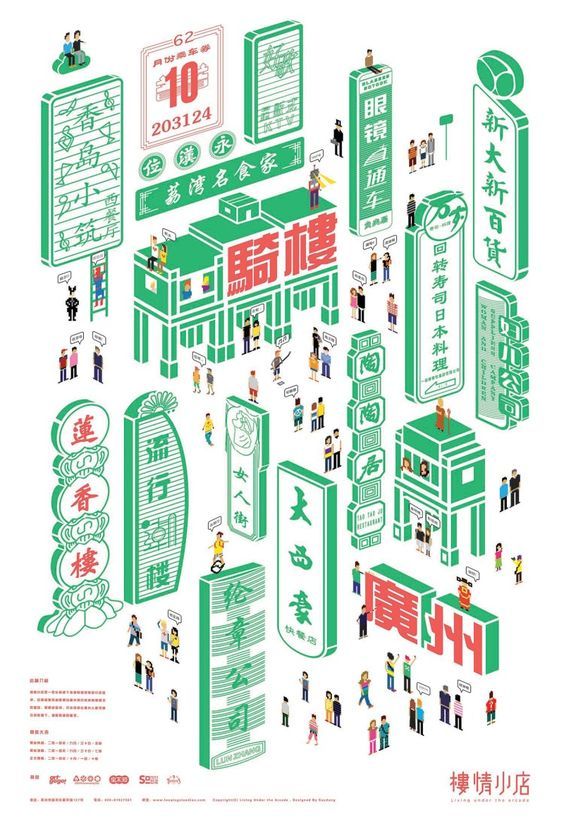
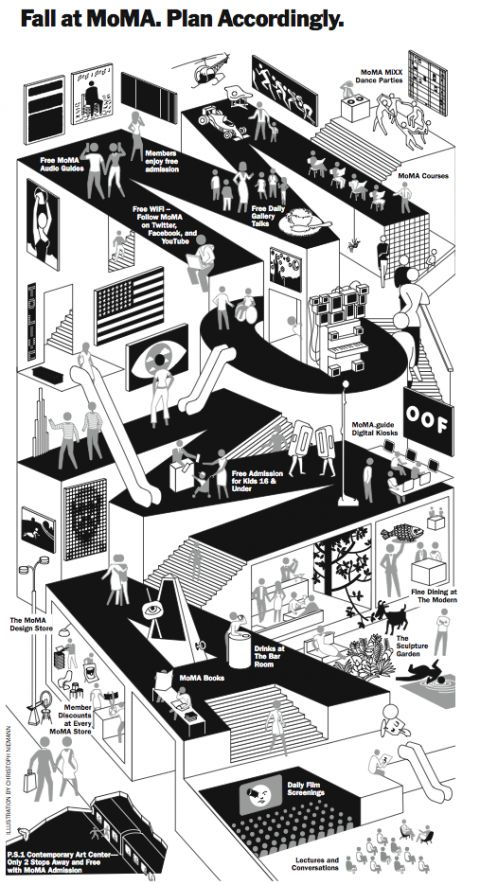
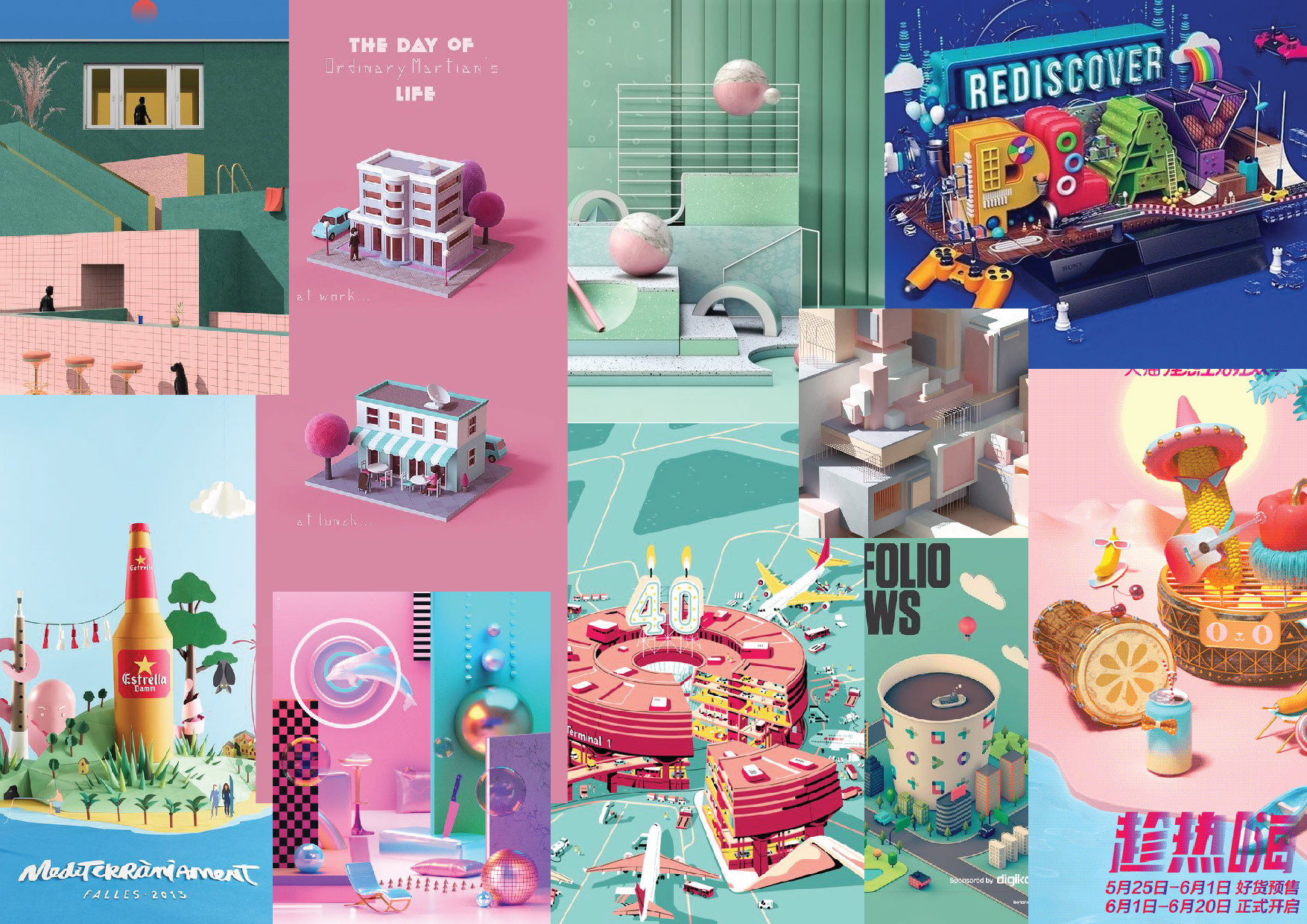
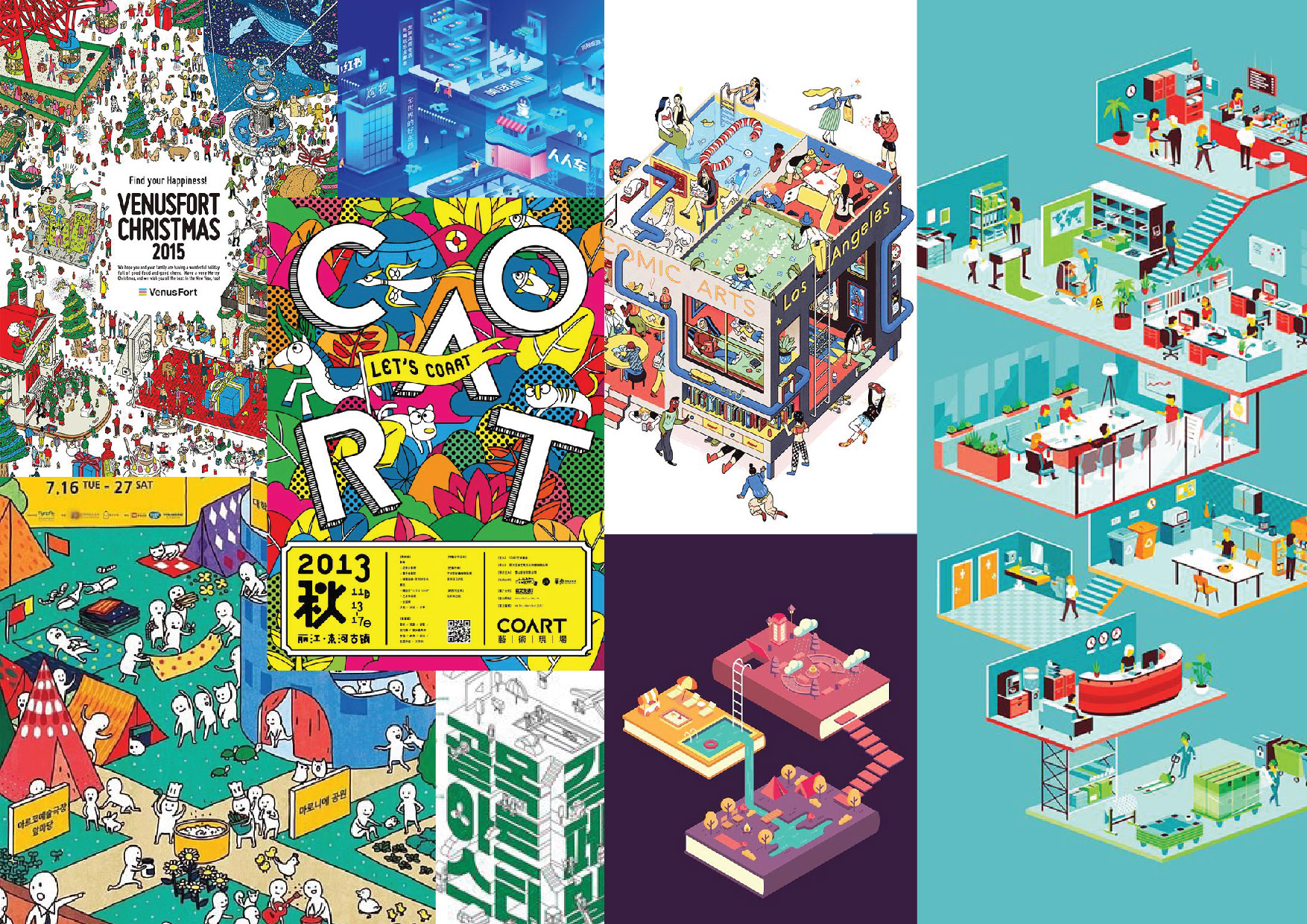
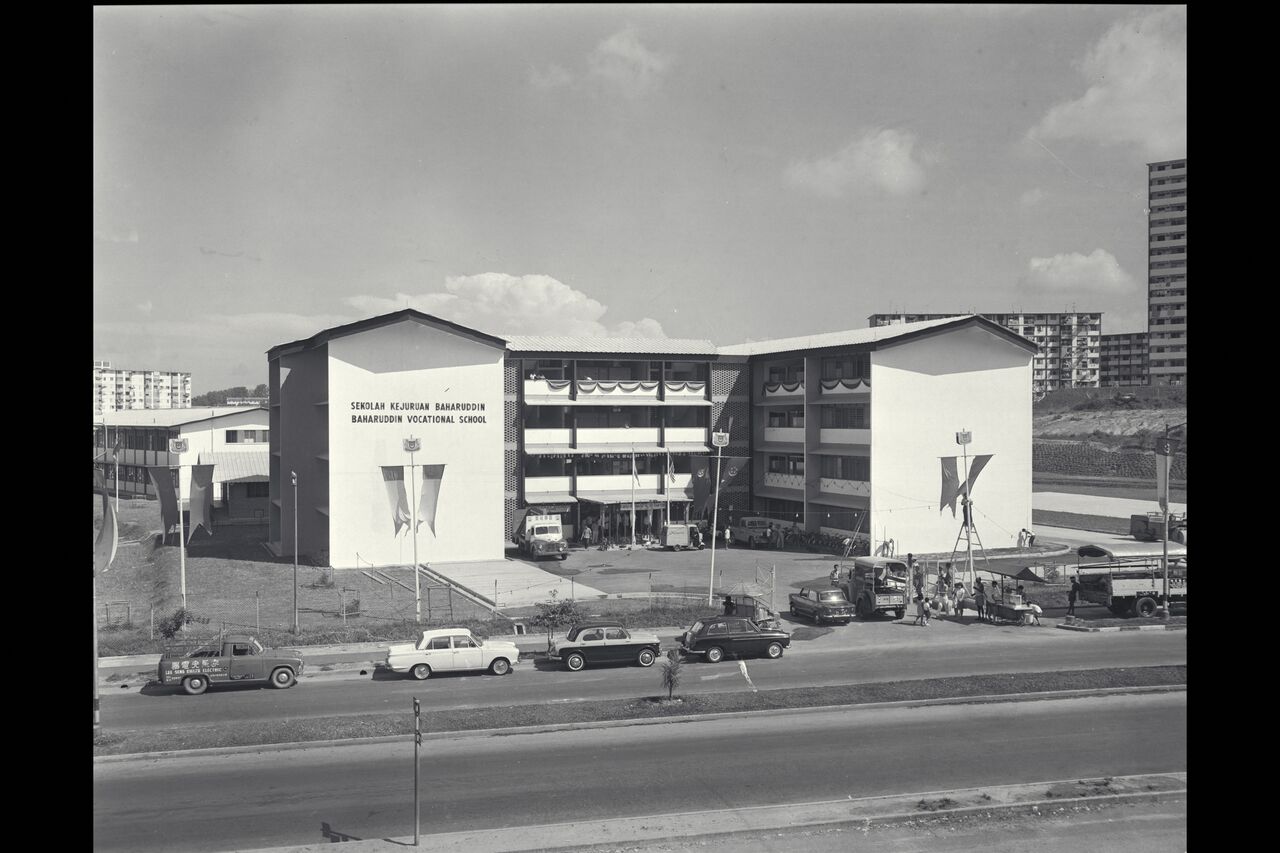




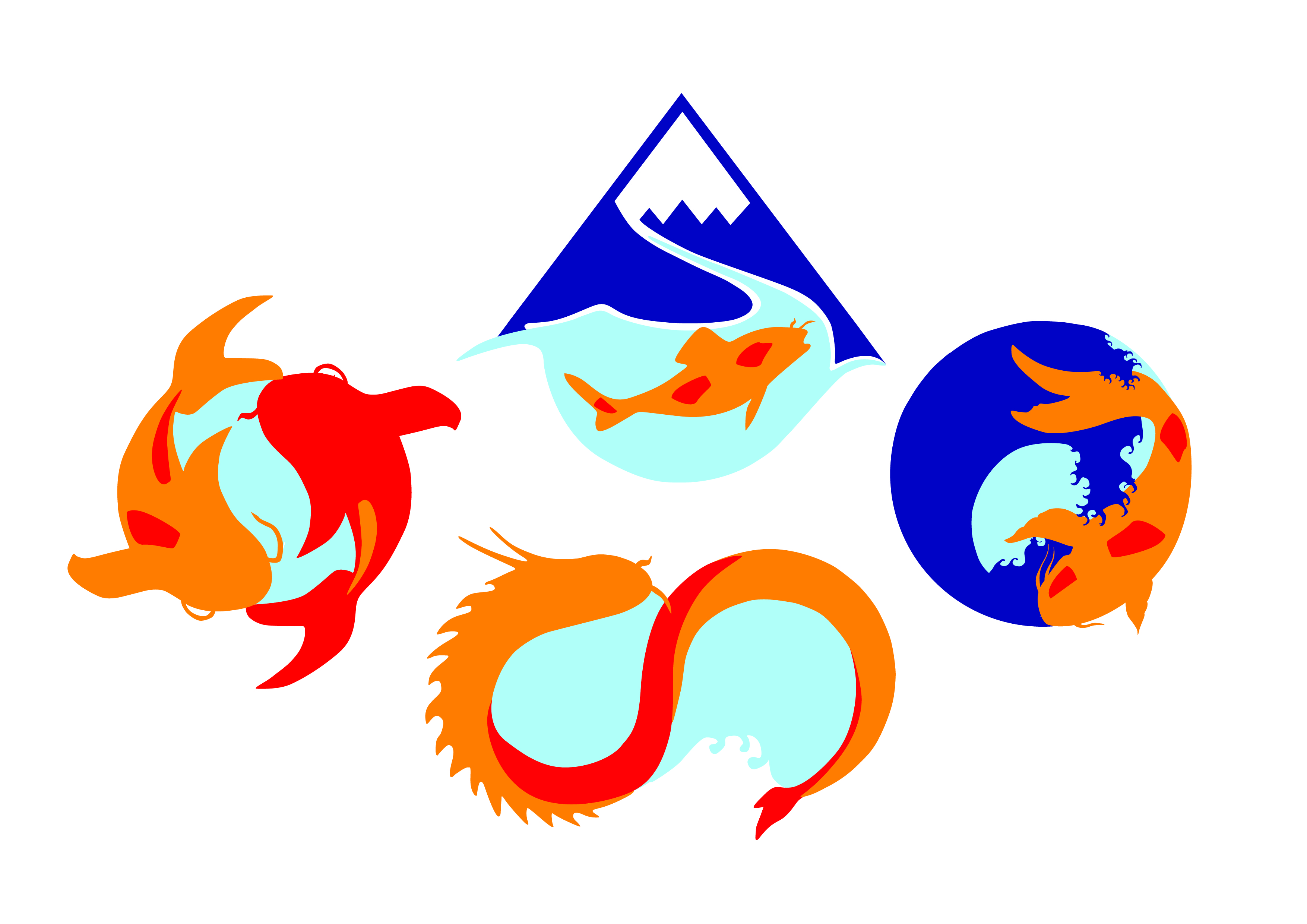







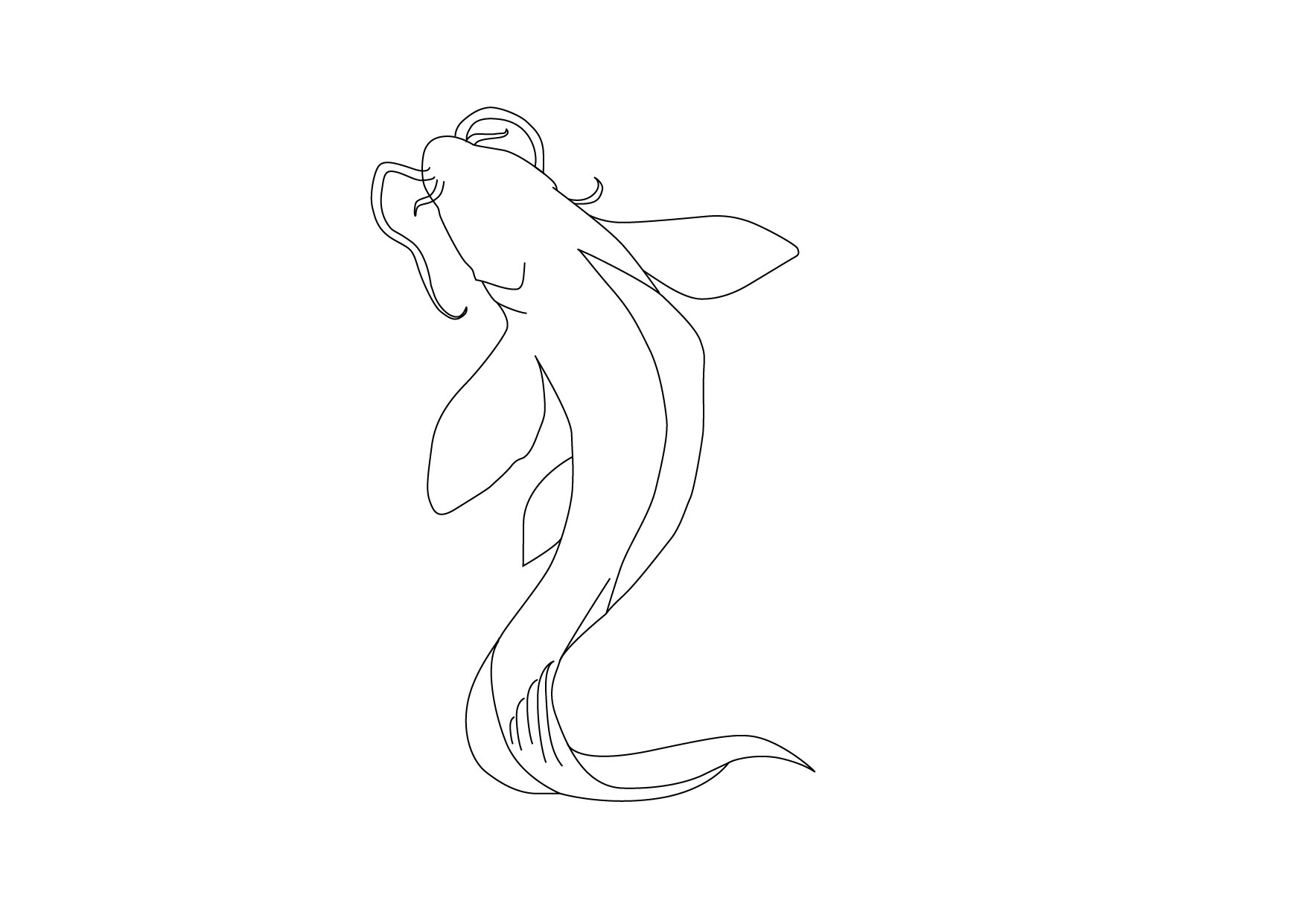
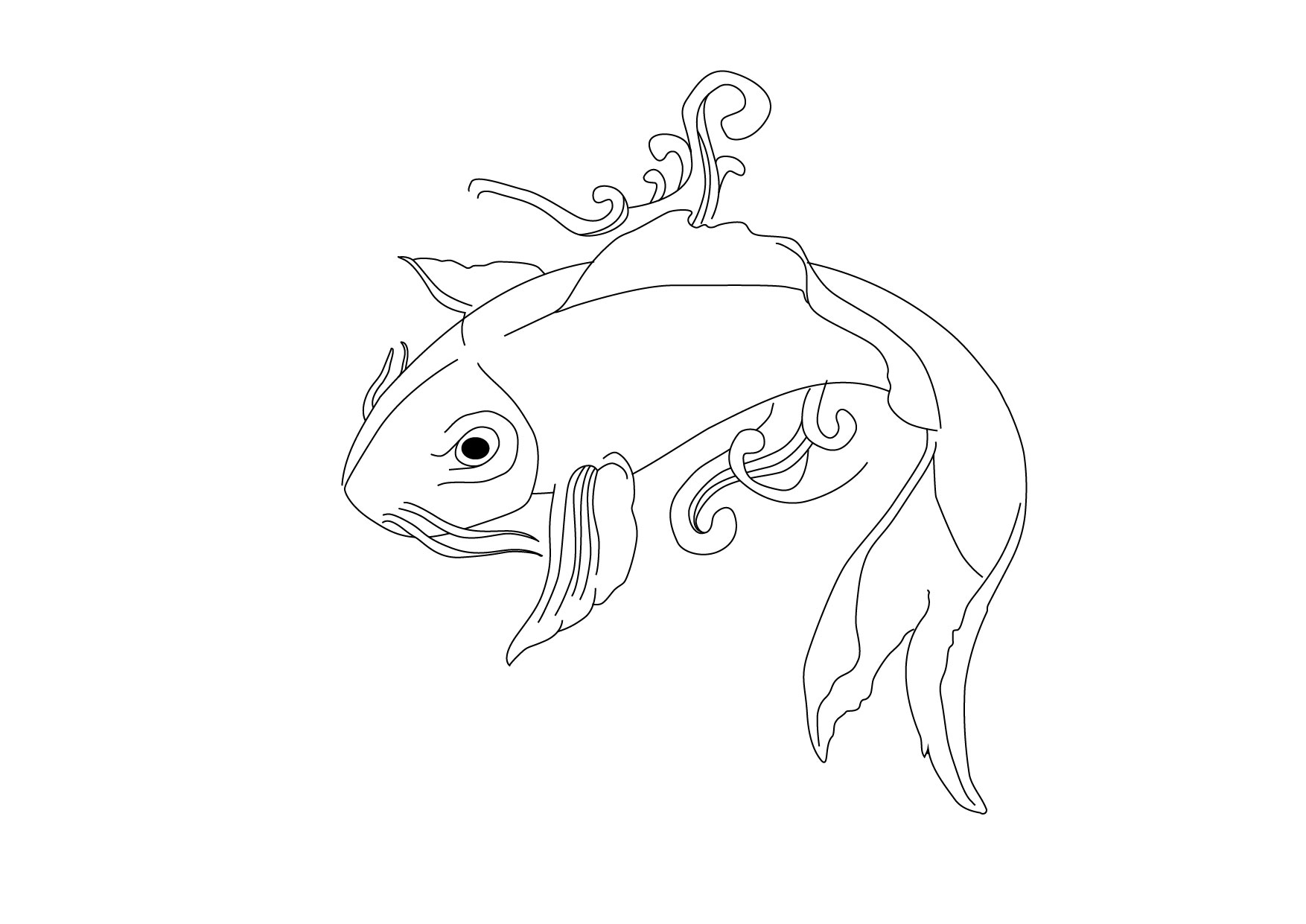
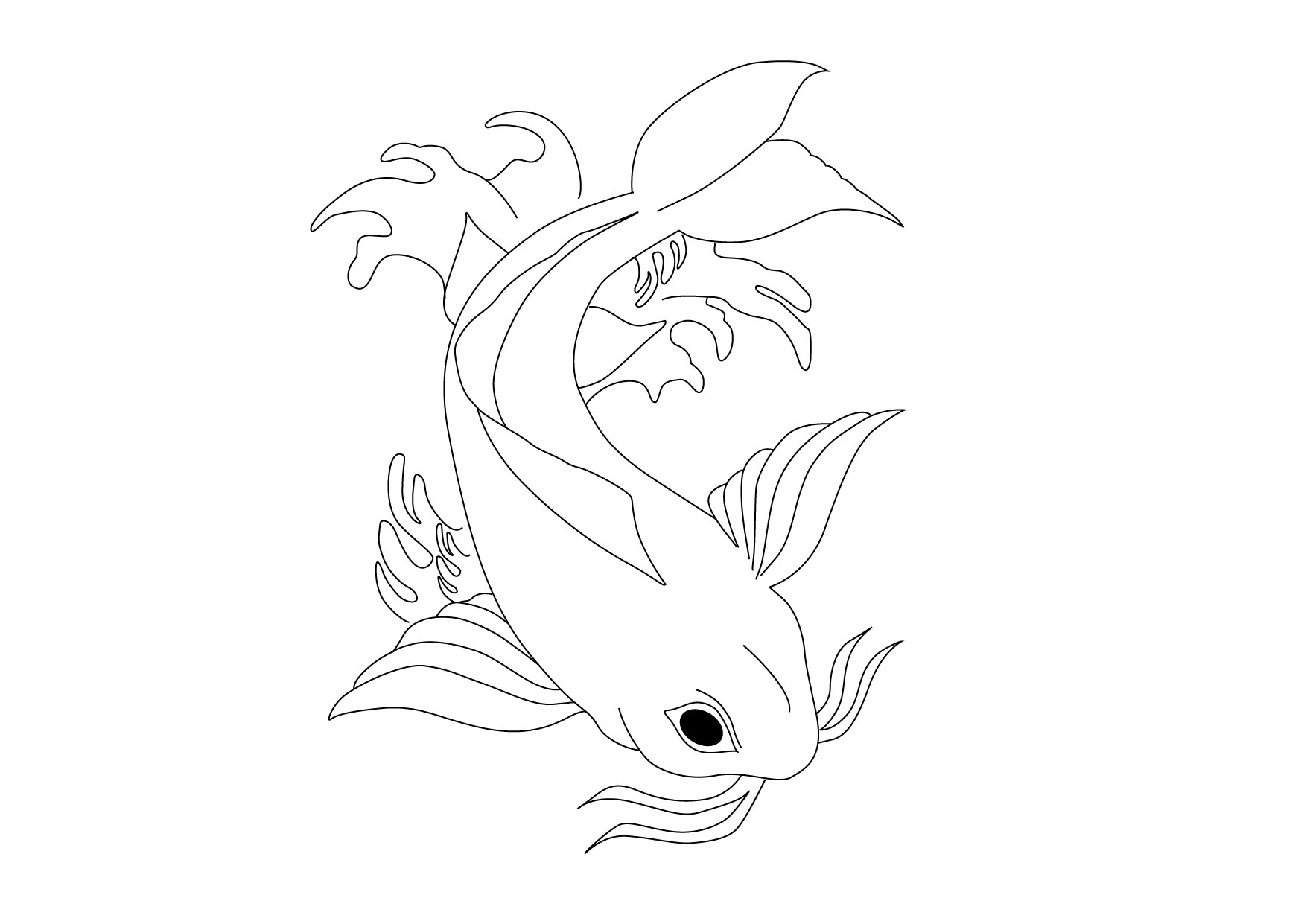
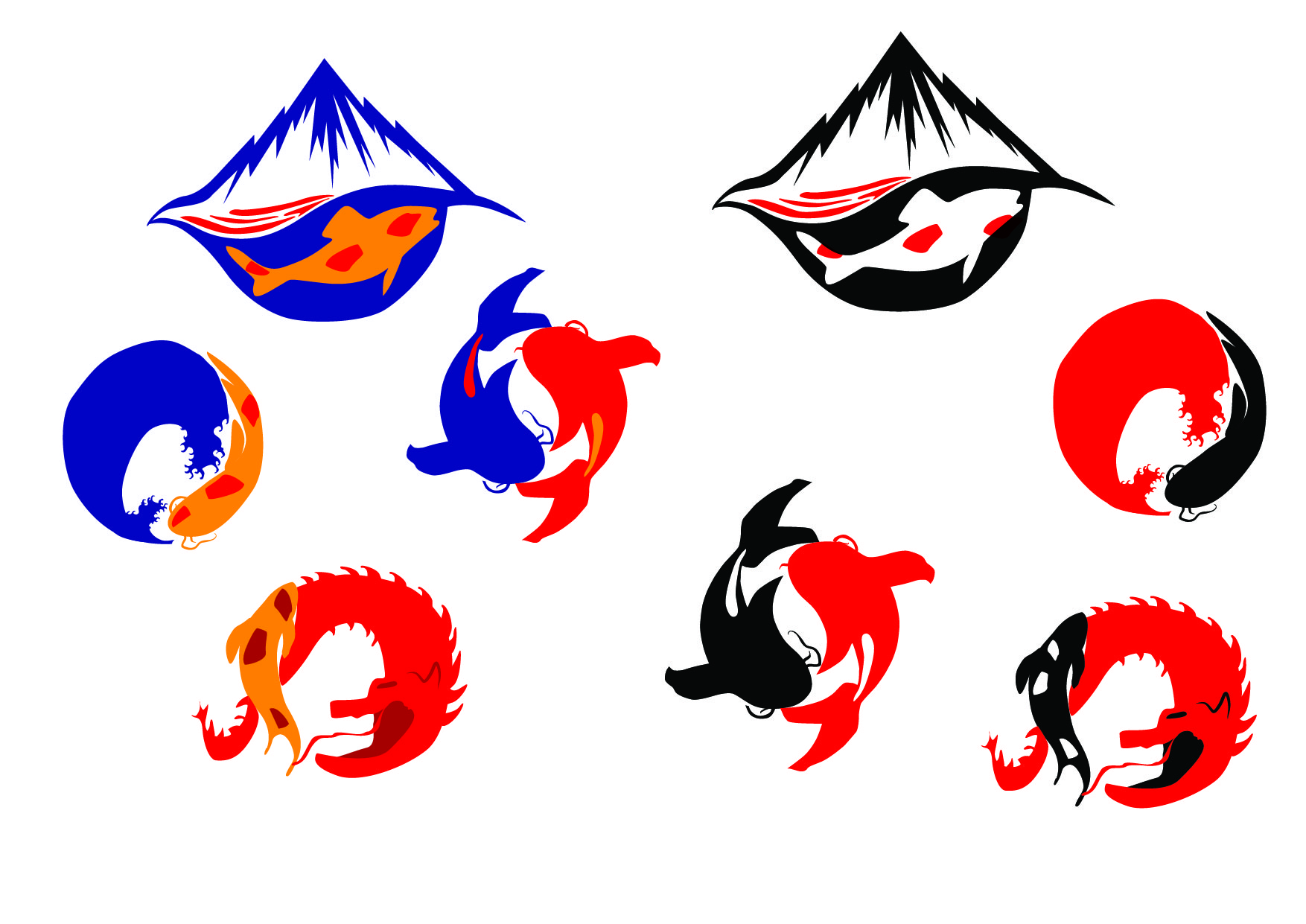



Recent Comments